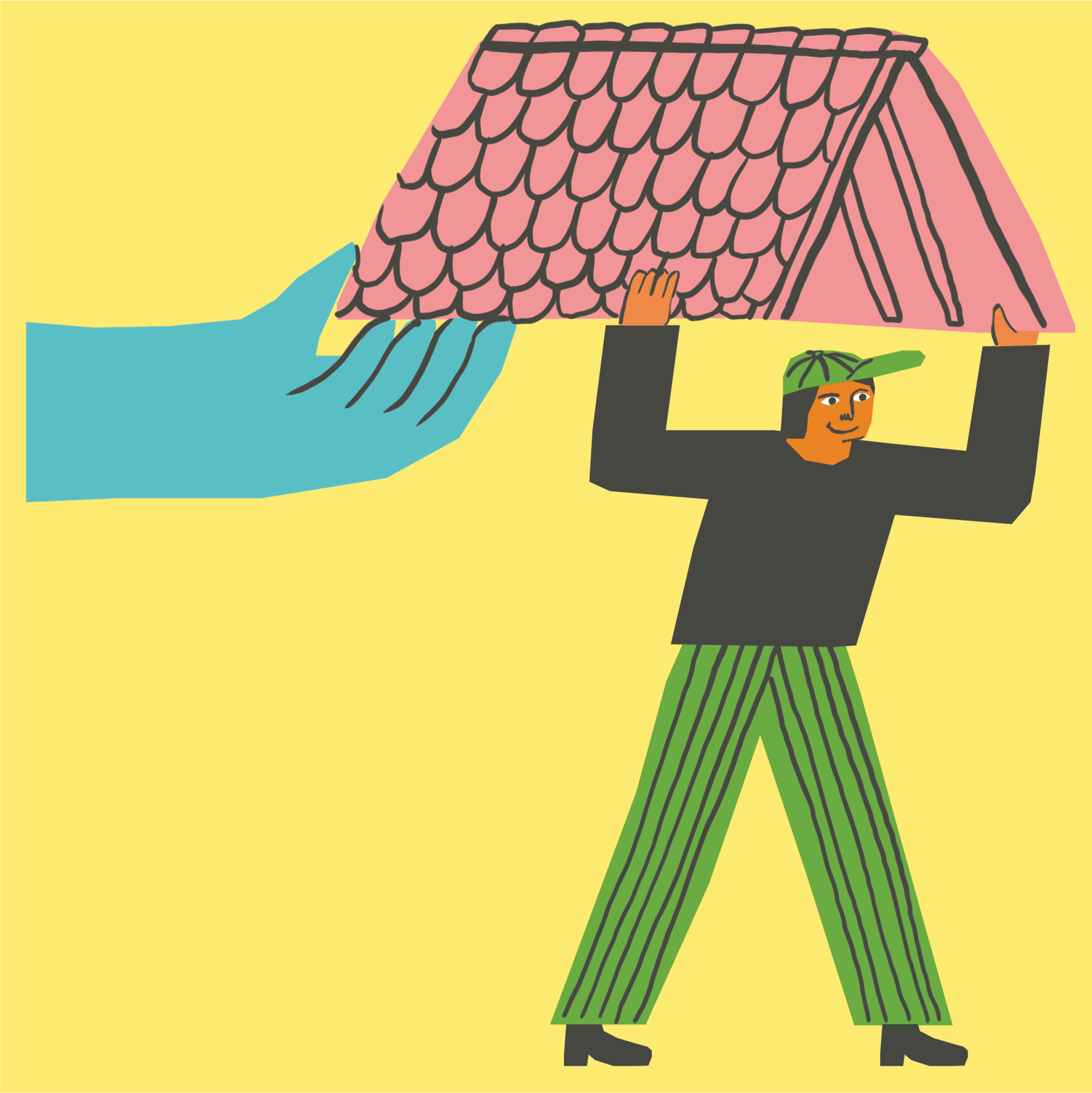Homeless people on the Stuttgart paint attacks
By Daniel Knaus
- News

The September paint attacks on homeless people horrified not only Stuttgart but the whole of Germany. In the first half of September several people sleeping on the streets were doused with paint as they slept, until a suspected perpetrator was caught on 20 September and the attacks ended for the time being. But does the horror on the streets also end there, and how do homeless people perceive the attacks?
In September I asked several homeless people if they were scared by the paint attacks (their real names have not been used). The first answer is usually the same and may baffle citizens from so-called mainstream society: "What paint attacks?" Almost all my contacts are still unaware of the attacks even after they became a regular occurrence. My first insight is that homeless people are so disadvantaged by material deprivation, language barriers, or cognitive impairments, that they hardly bear witness to many issues in the media - not even a series of violent crimes that seemingly terrify them.
The horrors of life on the streets
Information about the attacks interested almost all my contacts; but their reactions hardly correspond to what you may expect either. No one single person expressed fear of a potential threatening paint attack. Not Markus, who claims he’s already afraid enough as people kick him, spit at him and threaten him with all kinds of things. Nor Harald, who exclaimed that a paint attack sounds humiliating, but he’s been set on fire before. He explained that he was under a bridge and some boys came from both sides – he would have had no escape route even he’d woken up in time. There were burn marks on the concrete like in the war, from the melted plastic of his sleeping bag.
Many of the reactions of homeless people surrounding the paint attacks may even irritate a lot of people in mainstream society. Justus has been living on the streets for twenty years and snorts at the idea. “Paint? What a joke. Anyone who does that belongs in the circus!" Only one thought makes him angry: “Paint is expensive, I could use that money to buy lunch.” Experiencing violence and worrying where the next meal comes from seems so normal for Justus that he’s hardly affected by the news. The same goes for Sabine who is at particular risk as a homeless woman: “If I'm sitting begging, guys press up against me or sit across from me drooling. Guys come after me, even if I'm on the move, as soon as I look just a little bit homeless – which happens quickly when the toilets are closed. Homeless women are just fair game."
Paint? What a joke. Anyone who does that belongs in the circus! Paint is expensive, I could use that money to buy lunch.
A sad trick for deterrence
Sabine knows all the possible methods of self-defence well. However, things don’t always go to plan on the streets. “Pepper spray also blows back in your face sometimes, so I never trust that. But when I was still on heroin, some friends told me a trick to scare off attackers – keep a syringe that is still bloody. Everyone is so afraid of HIV that when you show them the syringe, even angry young guys give you a wide berth,” Sabine explains. So, could this be a solution for more safety? “Of course not, that’s absurd,” she reassures. “The drugs destroy you. Once addicted, you suffer from your own fears, for example fear withdrawal on the street without medical help, which can easily be fatal. In the end, you never have a good chance of defending yourself out here. Unless you want to carry a machete around in your backpack? Whoever has the bigger knife, may be attacked less often. I used to know someone like that but, at some point, the police checked him and that was the end of that”.
So if not paint attacks, what’s on homeless peoples’ minds? For Carlos, its apprehension towards strangers passing by: “You lie there and just see shoes and you know that people are looking down on you both physically and morally." Nadine worries about being treated unfairly by law enforcement officers: “They have me on their radar because I look different.” Tarek is afraid of exploiters and fraudsters, such as recruiters for illegal employment (in the construction sector for example): “There are guys who make us promises but break our bones rather than pay us." For Alan, it’s the frequent panic when loud footsteps approach in the dark: “If you are alone, you can never sleep in the same place more than once, otherwise someone will be waiting for you. And when you're somewhere new, you don't know who you'll provoke there - shopkeepers, residents or psychos - and what kind of trouble you'll soon be in.

Credit: Daniel Knaus
Home isn’t between four walls
Homeless people of course also talk about the stress of never being able to come home to their own four walls and constantly fighting for their sheer existence. Dunja says she worries about where she can get some warm food, where the next toilet is and whether she’ll be attacked there. She says: “If I am sick, how do I cure my cold before it hits my lungs? Where do I wash my underwear when I don't want to go back to my drop-in centre because someone is hostile to me there? Will I see my family again and will they take me in?" So, there are many fears for people on the streets, yet they often remain in the dark – just like many homeless people themselves. Most of the worries of those affected don’t even make it onto television and at best here in our street paper. Now, however, it’s come to light that the suspected perpetrator of the paint attacks was homeless himself. Sabine’s take on it is that if other poor people are beating each other up, there’s no solidarity. However, she’s not surprised: “Life on the streets can break you. Sick people become even sicker, some become numb or even go crazy. If, like the victims, the perpetrator too was homeless, society has two reasons at once to help us more."
Translated from German by Naomi Bruce


